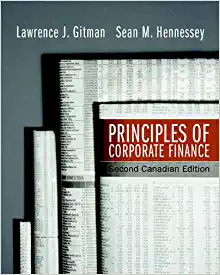g) h) i) 1') k) 1) They are equity instruments. They are debt instruments. True They are debt obligations with maturities longer than 7 (or 10) years. True They are issued by the federal government, state and local governments, and public corporations. True Bond prices vary directly with changes in interest rates: as interest rates rise, bond prices rise and as interest rates fall, bond prices fall. Bond prices vary inversely with changes in interest rates: as interest rates rise, bond prices fall and as interest rates fall, bond prices rise. The market value of a bond is equal to the discounted cash ows that the bond will pay to the investor over the life of the bond. The discount rate on a bond is the required rate of return demanded by the investor. If a bond is riskier than other bonds (all other things held constant), investors will demand higher rates of return and this will result in a lower bond price. If a bond is less risky than other bonds (all other things held constant), investors will demand higher rates of return and this will result in a lower bond price. A zero coupon bond pays interest each period. The market value of a zero coupon bond is just he discounted value of the nal par value payment. m) Zero coupon bonds are issued at par value. Zero coupon bonds are issued at below par value. Zero coupon bonds are issued at a premium over par value. Most domestic bonds in the U.S. pay annual coupon interest payments. Most domestic bonds in the U. S. pay semi- annual coupon interest payments. Bonds selling at a discount from Par have prices par above value. Bonds selling at a premium over Par have prices below par value. Bonds selling at a discount from Par have prices below par value. Bonds selling at a premium over Par have prices above par value. If current market rates are greater than a bond's coupon rate, the bond is selling at a premium. w) If current market rates are greater than a bond's coupon rate, the bond is selling at a x) y) 2) discount. If current market rates are less than a bond's coupon rate, the bond is selling at a premium. If current market rates are less than a bond's coupon rate, the bond is selling at a discount. Most bonds are originally sold at Par value







